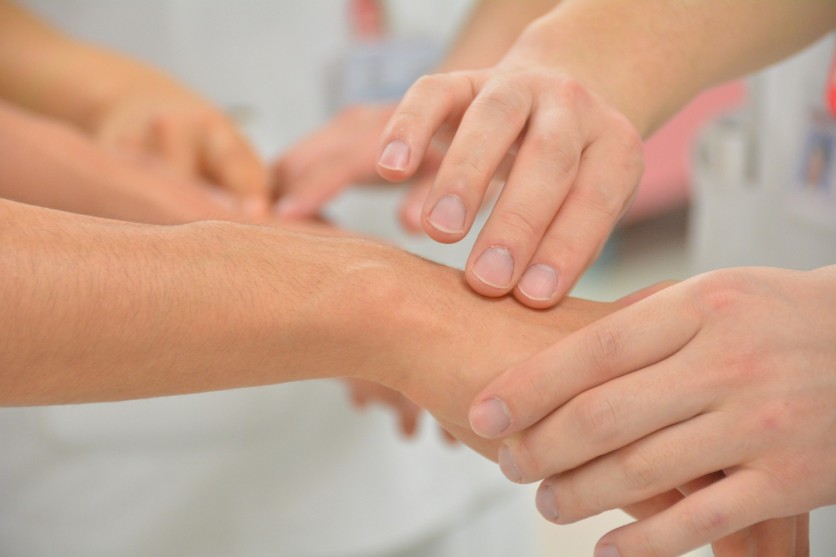A team of researchers has successfully utilized specialized hydrogels in combination with six essential skin cell types to bioprint a multi-layered skin.

Bioengineered Skin
This bioengineered skin, consisting of keratinocytes, dermal fibroblasts, adipocytes, melanocytes, follicle dermal papilla cells, and dermal microvascular endothelial cells, closely mimics natural skin, encompassing the epidermis, dermis, and hypodermis layers.
Dr. Anthony Atala, the lead author and director of the Wake Forest Institute for Regenerative Medicine (WFIRM), emphasized the significance of this achievement, particularly in the realm of comprehensive skin healing.
The groundbreaking results showcase the potential for faster wound recovery and more aesthetically pleasing outcomes. Upon transplantation onto wounds in mice, the bioprinted skin demonstrated the formation of blood vessels, skin patterns, and normal tissue growth.
It led to swifter wound closure, reduced skin contraction, and many more. Through staining techniques, the WFIRM team confirmed the seamless integration of the bioprinted cells with the regenerated skin during the healing process.
The research paper signifies a substantial leap forward in the field of skin regeneration and wound healing. Researchers at WFIRM, under the leadership of Atala and Dr. Adam Jorgensen, co-authored the study titled "Bioprinted Skin with Multiple Cell Types Promotes Skin Regeneration, Vascularization, and Epidermal Rete Ridge Formation in Full-Thickness Wounds."
Read Also : Using Holograms, Sound Fields to Mold 3D Shapes May Be Alternative To Bioprinting, Rapid Prototyping
Skin Regeneration
Skin regeneration has long been a subject of study with the aim of providing effective healing solutions for burn victims, wounded individuals, and those afflicted with skin disorders.
Existing grafts, often temporary or, in some cases, permanent, lack certain elements of normal skin, leading to a scarred appearance, according to the researchers.
The creation of full-thickness skin has remained elusive until now. This groundbreaking study involved the bioprinting of six primary human cell types found in skin with specialized hydrogel bioinks.
The resulting multi-layered, full-thickness skin closely mirrored the composition of natural human tissue, comprising the epidermis, dermis, and hypodermis layers.
Upon transplantation in pre-clinical settings, the bioprinted skin exhibited the formation of blood vessels, skin patterns, and the development of normal tissue. Additionally, the study demonstrated improved wound closure, reduced skin contraction, and increased collagen production, leading to reduced scarring.
Atala emphasized the immense clinical challenge of comprehensive skin healing, which impacts millions globally with limited treatment options.
"Comprehensive skin healing is a significant clinical challenge, affecting millions of individuals worldwide, with limited options. These results show that the creation of full thickness human bioengineered skin is possible, and promotes quicker healing and more naturally appearing outcomes," Atala said in a press release.
Through innovative use of existing bioprinting technology, the WFIRM team has now established that fully functional skin regeneration is within reach. The bioengineered skin grafts present a triple-layered structure, providing comprehensive coverage for full-thickness wounds.
The findings of the study were published in the journal Science Translational Medicine.
Related Article : Scientists Use 3D Bioprinting to Create Eyes to Better Understand Blinding Illnesses

ⓒ 2025 TECHTIMES.com All rights reserved. Do not reproduce without permission.




